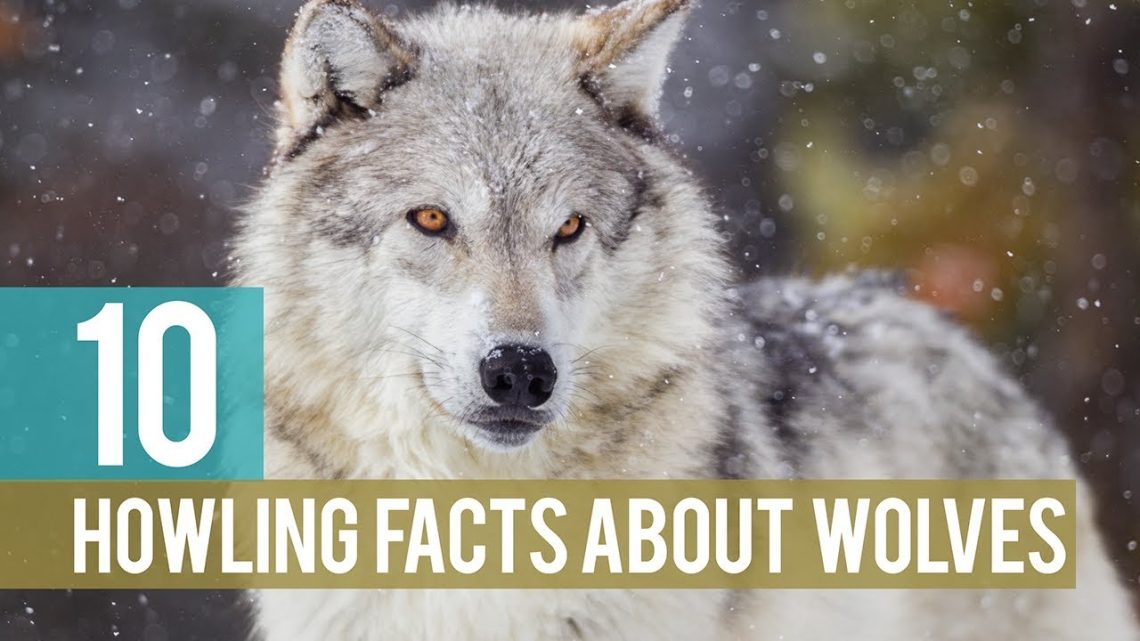
10 Interesting Facts About Wolves – Smart And Loyal Animals
Wolves, large predators from the canine family, strong and fast, have excited the imagination of man since ancient times. They were represented as companions of the gods, the receptacle of spirits, totem animals.
Some are afraid of them, while others sincerely consider them almost an ideal creation of nature. From childhood, we are instilled with a fear of dangerous predators; they often become the main negative characters in fairy tales and legends.
But what does the layman know about wolves? Often not so much. That these are one of the largest predators of forests and steppes, forest orderlies, exterminating weak individuals and regulating the population. That they hunt in packs and howl at the moon.
Meanwhile, wolves are unusual animals that people devote years to studying. We have collected ten interesting facts about wolves that will allow you to learn a little more about them.
Contents
- 10 Ireland in the 17th century was called “Wolfland”
- 9. The weight and dimensions of different types differ significantly from each other.
- 8. The tail of an animal expresses its feelings
- 7. In some countries of the world they are completely exterminated.
- 6. In North America, there are hybrid animals (mixed with dogs)
- 5. May attack humans as a result of rabies
- 4. The wolf pack lives by its own laws
- 3. The brain of a wolf is 30% larger than that of a dog
- 2. Howling is a means of communication
- 1. monogamous animals
10 Ireland in the 17th century was called “Wolfland”
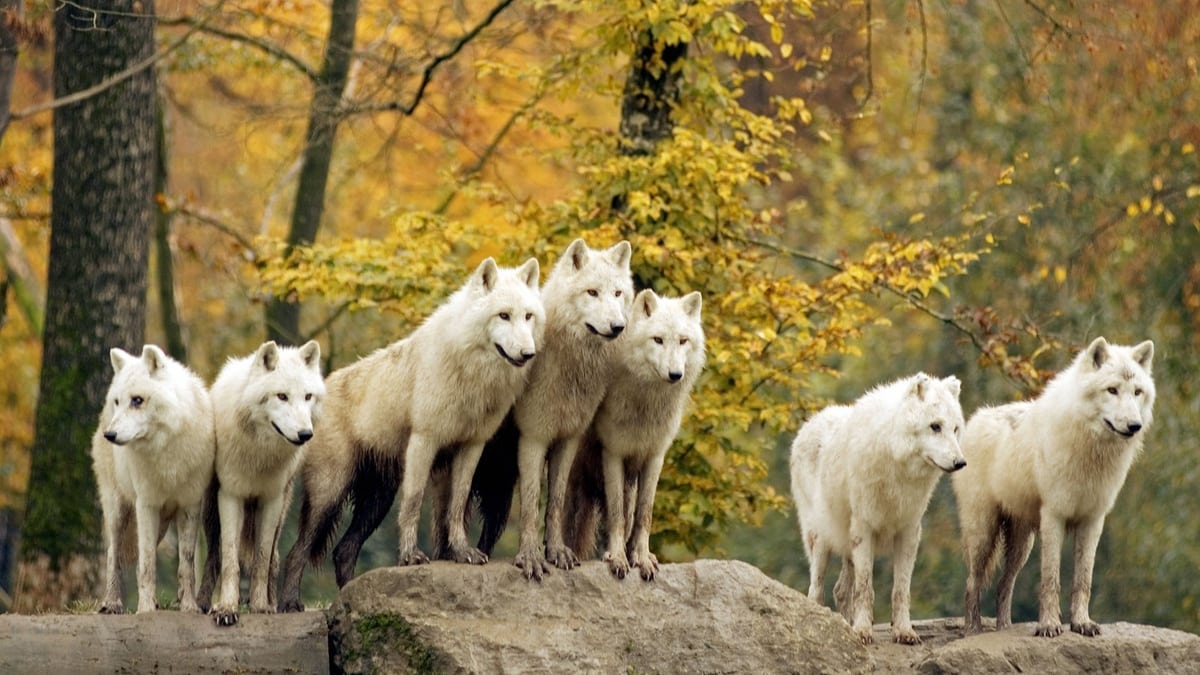
In the 17th century Ireland was known as “wolf land». Then a huge number of wolf packs lived on the territory of this country.
Ferocious predators were the main threat to livestock and caused great damage to shepherds, so the profession of a wolf hunter quickly became popular and quite in demand. In addition, hunting for these animals was one of the favorite pastimes of the nobility; specially trained wolfhounds were kept in the kennels for it.
9. The weight and dimensions of different types differ significantly from each other.
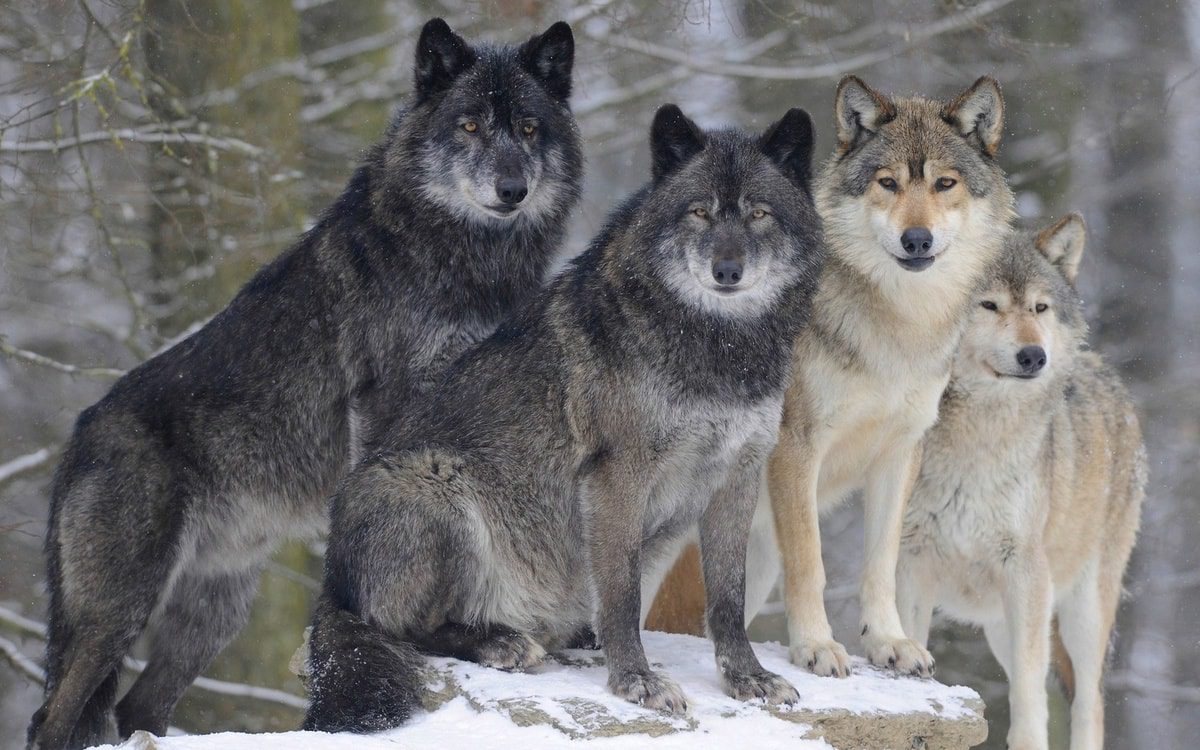
Wolf wolf strife. These animals live in almost all climatic zones from the far north to tropical forests, and each species is characterized by its own parameters..
For example, the usual gray wolf grows in length from a meter to one and a half, and its height at the withers is 80-85 cm. The weight of a predator in Europe averages 39 kg, while its counterpart from North America weighs 36 kg. The further south, the less their weight, which is logical.
Individuals living in India have a mass of 25 kg. Record-breaking large individuals reach a weight of 100 kg and live in northern latitudes. They have a thick coat, a powerful undercoat and a reliable layer of fat to protect them from harsh conditions.
8. The tail of an animal expresses its feelings
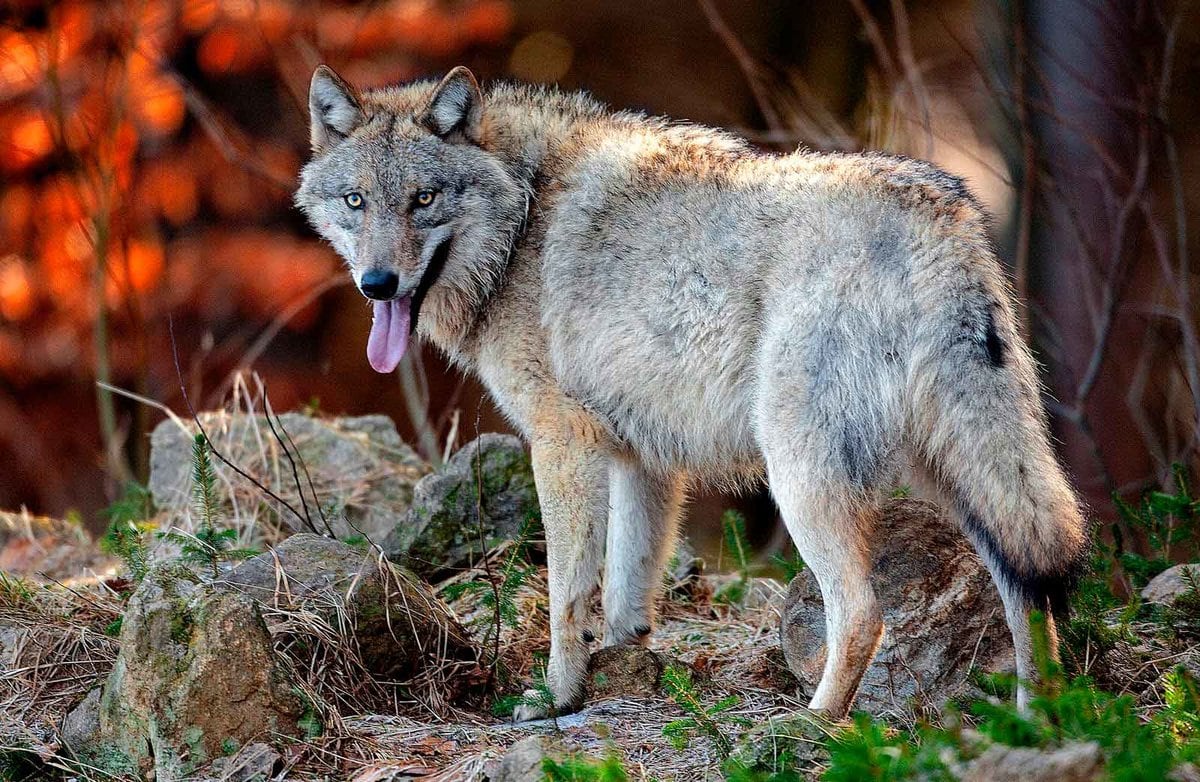
Along with the expression of the muzzle, the tail helps to understand the mood of the individual and its position in the pack.. So, for example, the leader holds the tail up or parallel to the back, while the frightened animal lowers it between the hind legs, pressing it to the stomach.
You can understand that a wolf in a good mood can be lowered by a relaxed tail, and if he is happy, he will wave it from side to side, but not as actively as dogs. An angry animal moves slowly and deliberately, its every step is filled with threat, including the movement of the tail.
7. In some countries of the world they are completely exterminated.
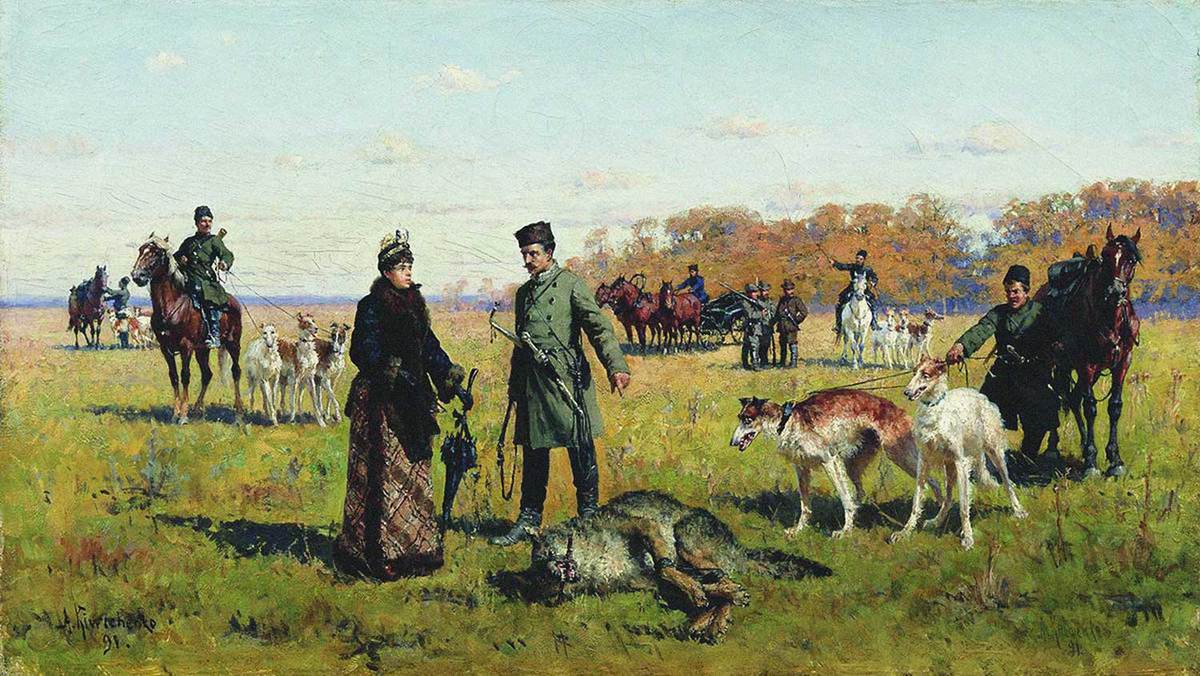
Wolves brought the main troubles to the population of Europe, its farmers, and to a greater extent to Great Britain. We have already talked about how popular the hunting of wolves was in Ireland, and the last predator was killed there at the end of the 17th century.
The official date for the extermination of wolves in Scotland is 1680, but there are legends that some individuals met until the 19th century. By and large, in most of Europe, these animals are completely destroyed.. Individual wild flocks manage to survive in remote forest and mountainous regions of Russia, Romania, and Greece.
Their population in Italy is 250 heads, and they are under protection. Only about a dozen individuals remain in Sweden, and they are under strict state protection. True, if a careless predator wanders into the territory of Norway, there he may well meet with the gun of a local farmer. In Europe, the issue of preserving the wolf population is acute, but this is not so easy to do.
6. In North America, there are hybrid animals (mixed with dogs)
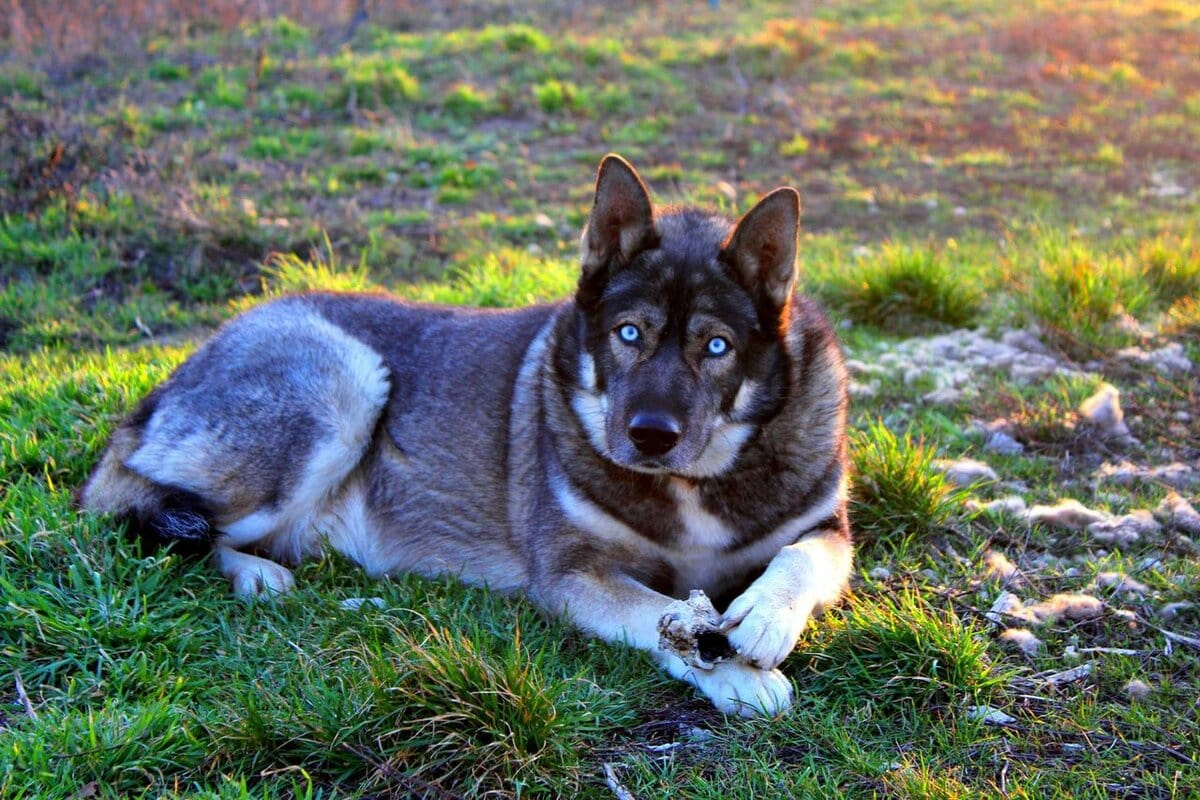
Scientists have known for a long time that dogs quite successfully interbreed with wolves. Archaeological discoveries have been made to support these theories. And today, free interbreeding is possible if, for some reason, wild wolves did not consider stray dogs as competitors.
Such hybrids, which are called wolfdogs, are distinguished by much better abilities than dogs, they have a sharper sense of smell and hearing, they are much stronger.. And also much more aggressive. Hybrids have the strength of a wolf, but are completely devoid of his caution and can attack a person. More than once attempts were made to artificially cross a dog and a wolf, but the resulting puppies turned out to be too angry and could not be trained.
The experiment of the Perm Institute of Internal Troops can be called the most successful, its hybrids, with all their positive qualities, could be trained and used for service.
5. May attack humans as a result of rabies
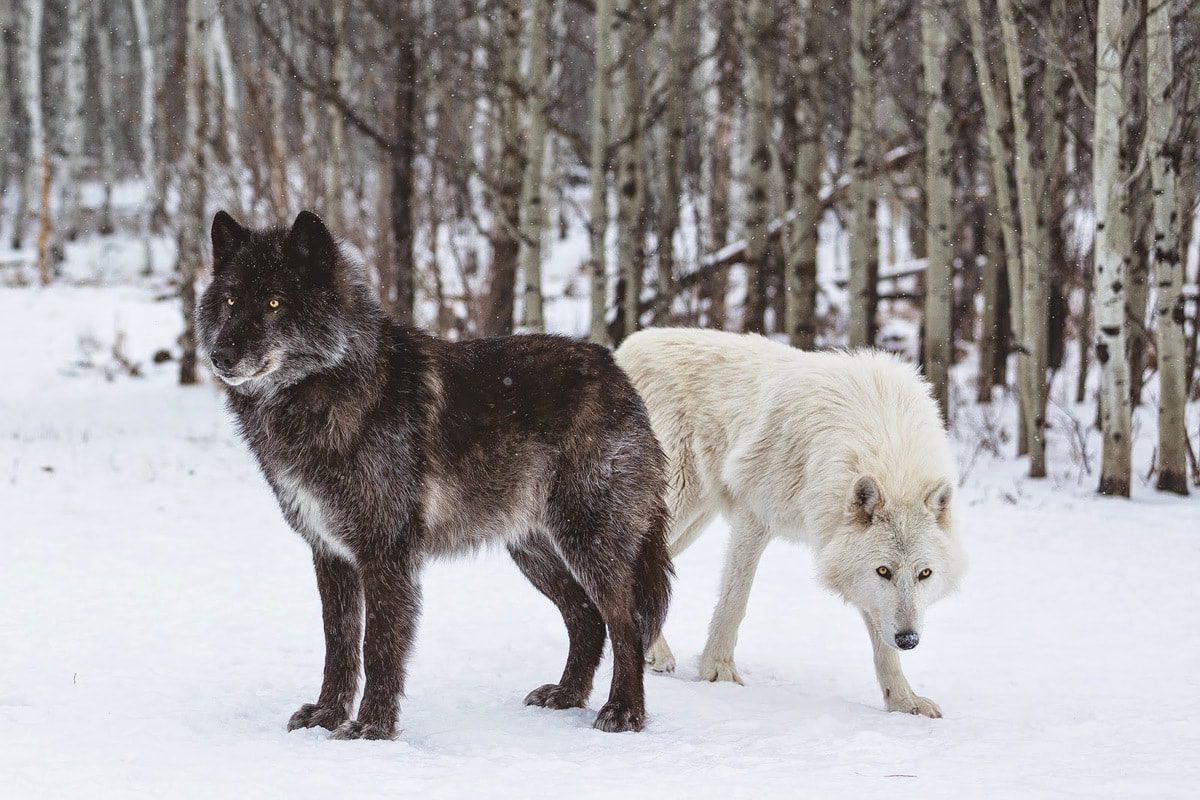
Despite the fact that most people are quite reasonably afraid of wolves, the animals themselves, like all others, are afraid of humans and prefer to bypass. An exception may be a particularly hungry year, when the wolf decides to take a chance and attack people who have turned up at the wrong time.
If the animal comes out to a person, does not show fear, then the reason is most often the same – rabies. Such an animal can attack even for no apparent reason, and it is unlikely that everything will end with one bite.
4. The wolf pack lives by its own laws
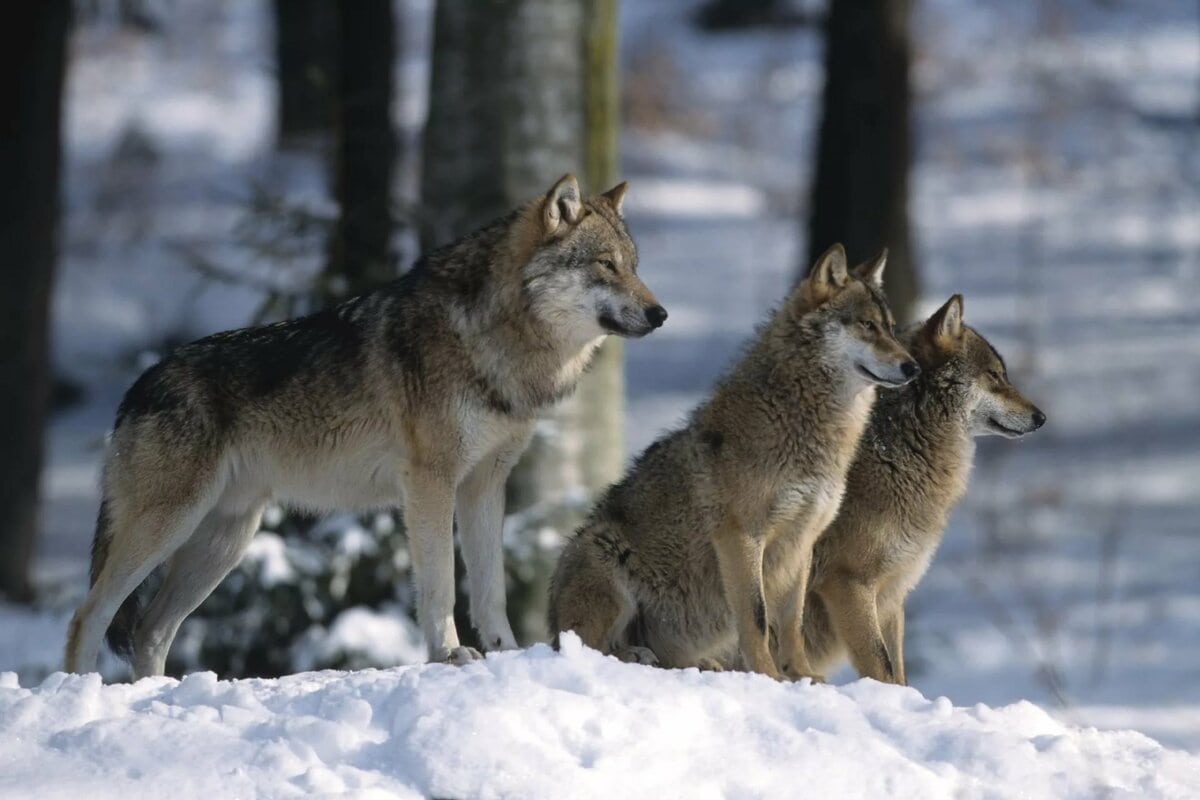 There is a strict hierarchy in the wolf pack. At its head is the leader. This is not always the strongest individual, but certainly the most intelligent and mentally stable. The female leader also enjoys great prestige. Beta is the next wolf behind the leader. There are warriors in the pack, males and females without puppies. Old and sick individuals are at the very bottom.
There is a strict hierarchy in the wolf pack. At its head is the leader. This is not always the strongest individual, but certainly the most intelligent and mentally stable. The female leader also enjoys great prestige. Beta is the next wolf behind the leader. There are warriors in the pack, males and females without puppies. Old and sick individuals are at the very bottom.
This hierarchy determines in what order pack members get access to food, whether they will have puppies, whether they are required to obey. Fights and showdowns are a rare case, as a rule, the strongest quickly explain everything to the daredevils.
At the same time, the pack exists according to altruistic laws, and each of its members does everything for the well-being of the team as a whole.
3. The brain of a wolf is 30% larger than that of a dog
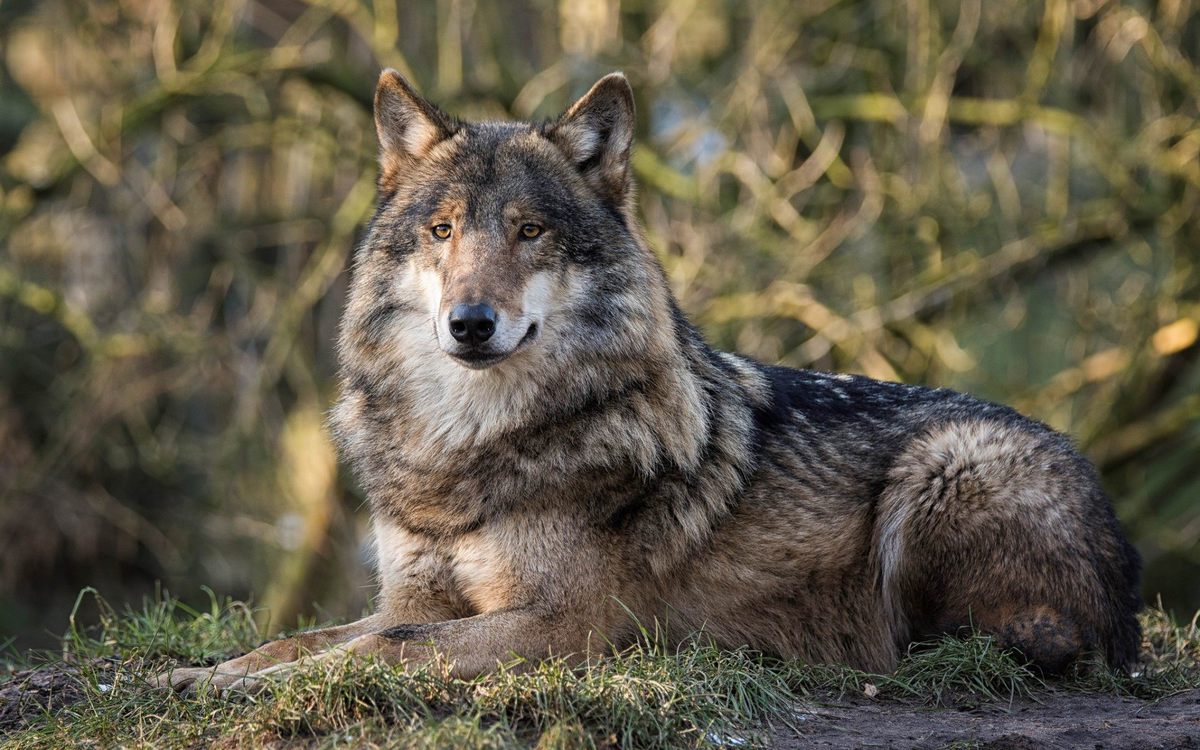 The brain of a wolf is 15-30% larger than that of a dog. But in itself, the size and weight of the brain does not mean anything: the sperm whale, in whom it can reach a weight of 8 kg, is considered far from being the smartest animal.
The brain of a wolf is 15-30% larger than that of a dog. But in itself, the size and weight of the brain does not mean anything: the sperm whale, in whom it can reach a weight of 8 kg, is considered far from being the smartest animal.
But scientists have proven that the average wolf has more outstanding intelligence. For example, he is able to open the door of an enclosure in a nursery by spying on a person.
Scientists conducted an experiment in which dog and wolf puppies were shown how to open a box of goodies, and wolf children did it all, and dogs only 4 out of 10 cases.
2. Howling is a means of communication
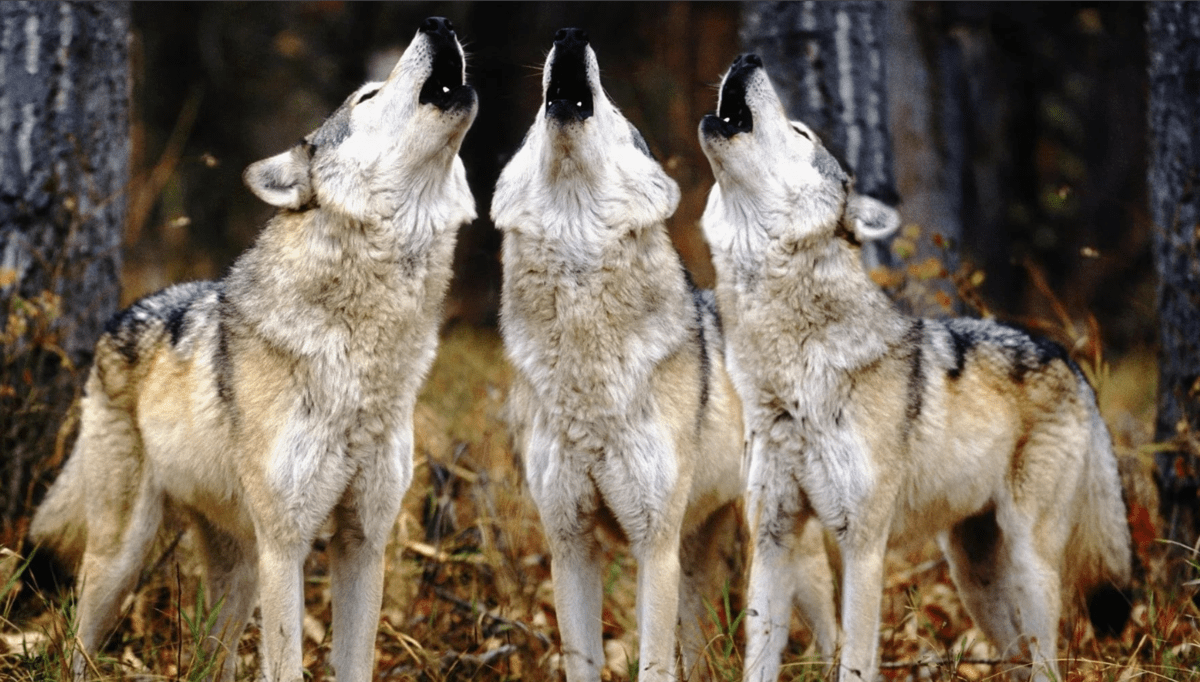 The howl of a wolf is one of the most chilling sounds that people often mentioned in the scariest tales. Meanwhile Howling is a means of animal communication at a distance.. With its help, an individual can call a pack for hunting or migration, warn members of other packs to stay away.
The howl of a wolf is one of the most chilling sounds that people often mentioned in the scariest tales. Meanwhile Howling is a means of animal communication at a distance.. With its help, an individual can call a pack for hunting or migration, warn members of other packs to stay away.
Lone wolves also howl, for example, in order to find a mating partner, or simply because they are alone. The howl lasts only a few minutes, but the echoes make it seem much longer.
1. monogamous animals
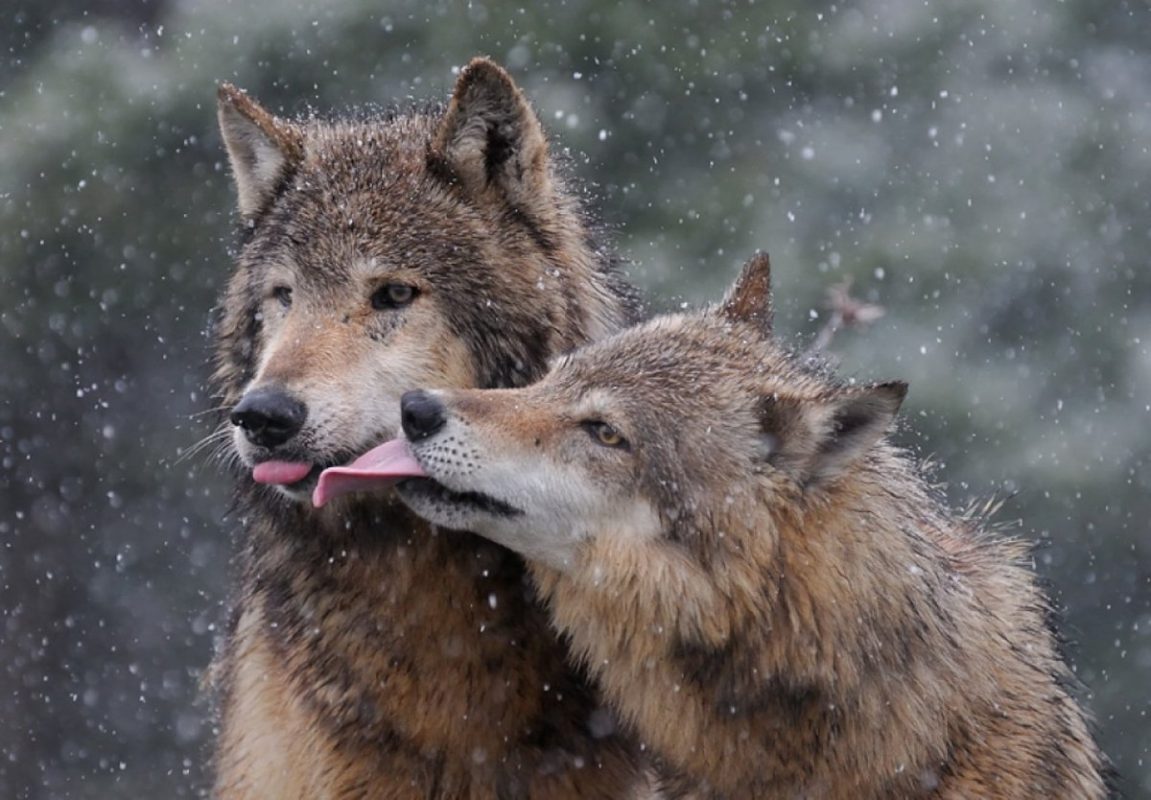 When talking about relationships, they think of any examples from the animal world, swans or cats in love, but never wolves. But in vain. After all having entered into a pair, the wolves remain in it for life.
When talking about relationships, they think of any examples from the animal world, swans or cats in love, but never wolves. But in vain. After all having entered into a pair, the wolves remain in it for life.
Moreover, in the spring, during the rut, the wolf and she-wolf can leave the pack to be only with each other. And they behave surprisingly sweet and gentle: they care for each other, rub their faces, lick and gently bite.
Before the birth of puppies, a she-wolf can behave aggressively with other members of the pack, like the most faithful friend, and with the advent of cubs, their father is actively involved in caring for them.





